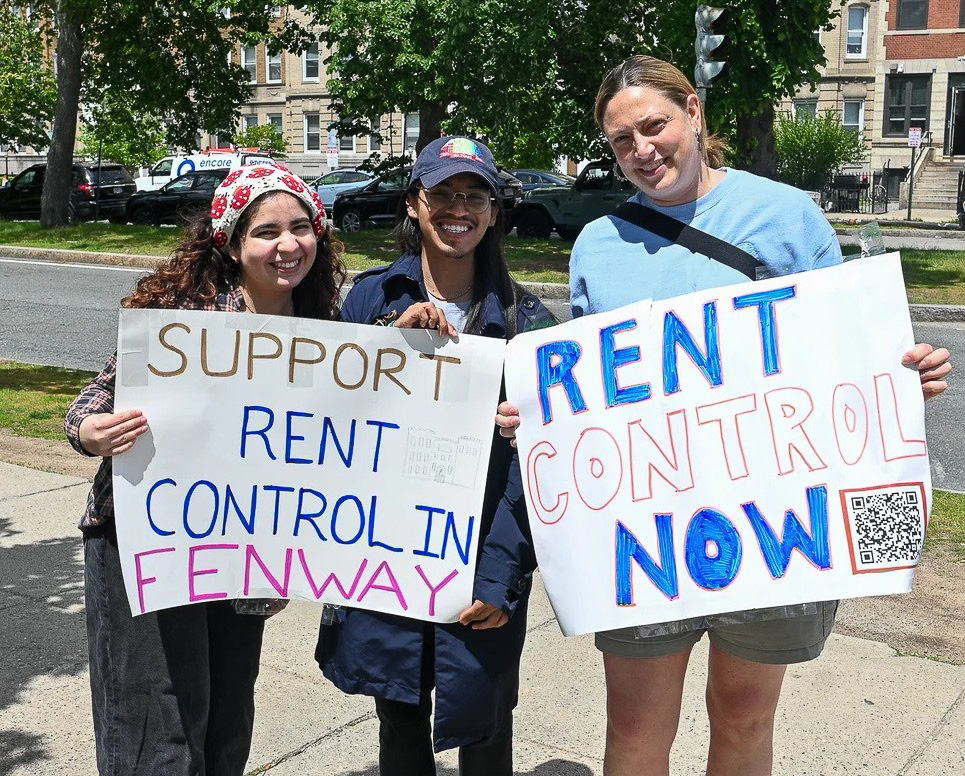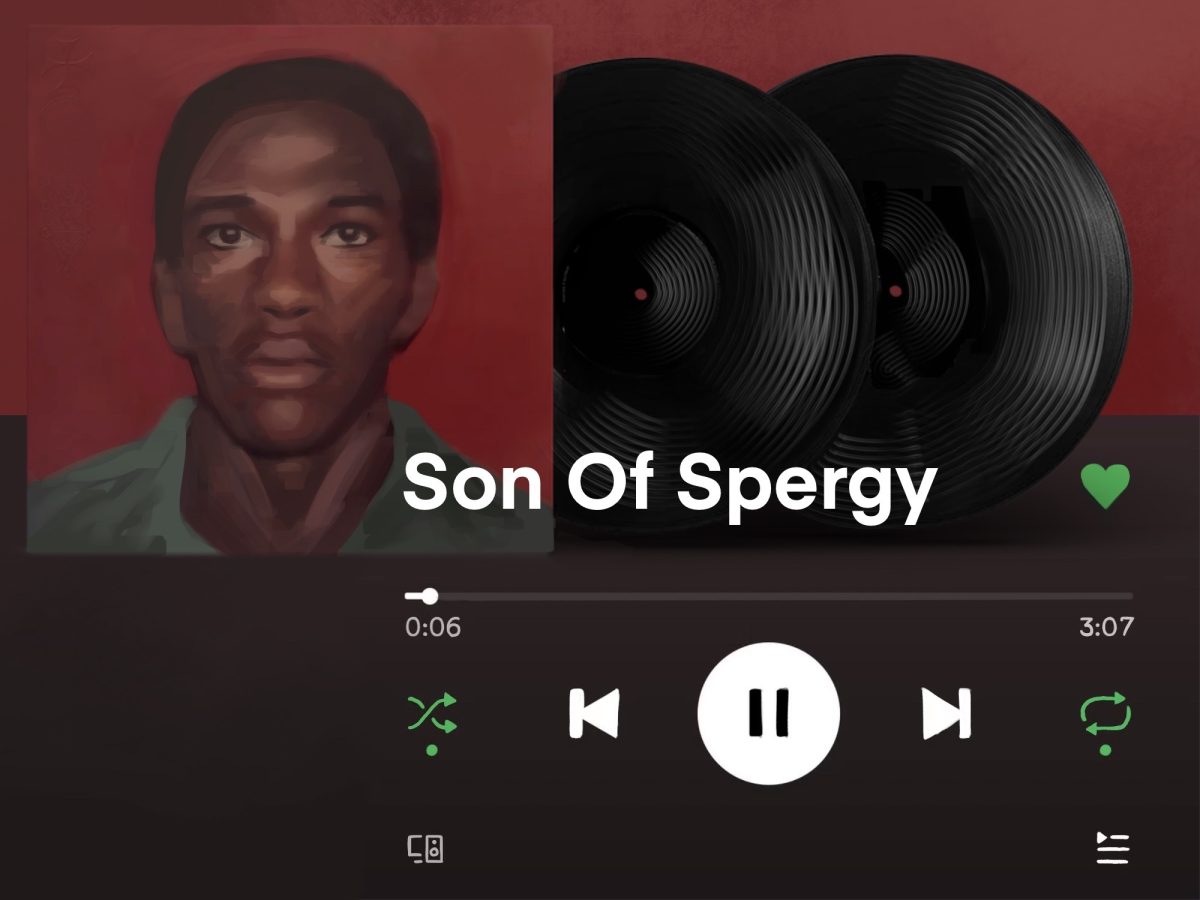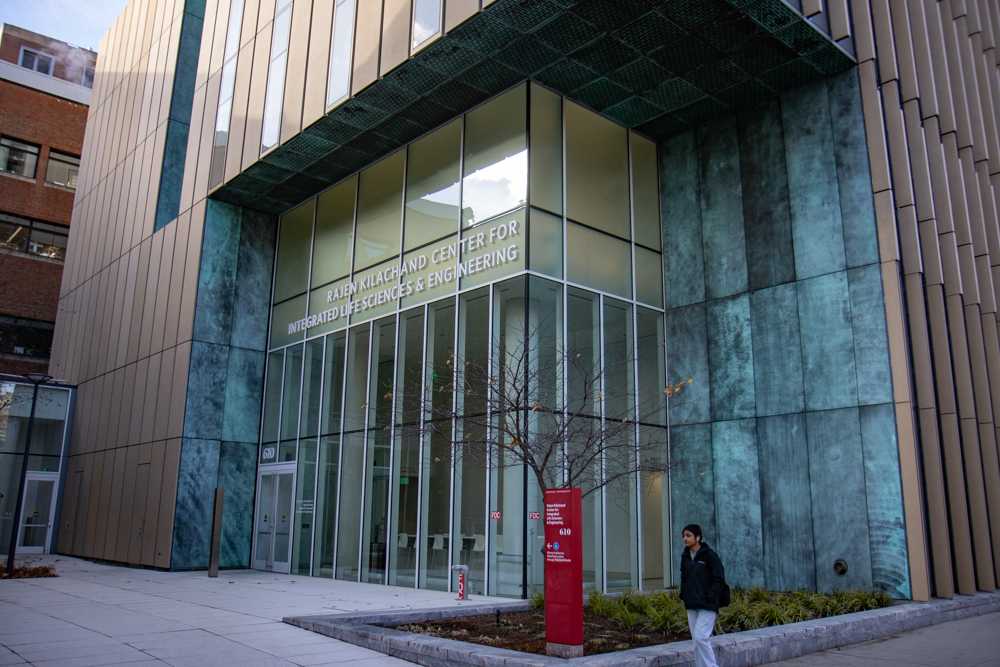The view of the Nantucket Sound from the coast of Cape Cod is comprised of blue waters, thriving wildlife, abundant greenery and, if the proposal for the Cape Wind project is approved, 130 “little matchsticks on the horizon” or wind turbines, said Barbara Hill, executive director of Clean Power Now.
Cape Wind, which is America’s first offshore wind farm proposal, is intended to be installed in the Nantucket Sound off the coast of Cape Cod. The site would comprise of 130 turbines over 25 square miles and, if successful, would supply over 75 percent of the energy needed on an average day to power Cape Cod and the surrounding islands. The project was proposed in 2001.
“It is truly America’s optimal site for offshore wind. It is extremely windy, it’s shallow and its protected,” said Mark Rodgers, Communications Director of Cape Wind.
While there are multitudes of supporters of the project, it has also gained extensive opposition. The question of whether the costs outweigh the benefits has yet to be decided.
In light of the tense debate between supporters and opponents of the project, Ken Salazar, Secretary of the Interior, has pledged to make the final decision by the end of April.
Mixed Reviews
I have been a resident of Cape Cod for 30 years and for the last 24, I have lived in the town of Barnstable, have owned businesses here and have raised my children here. I have deep-seated appreciation and love for Cape Cod and I am very hopeful that the project will get fully permitted and built and that the rest of the country will see the area as being the people who initiated and supported America’s first off-shore wind farm,” said Hill.
Clean Power Now is a grassroots organization meant to enlighten people to the importance of renewable energy, especially offshore wind energy in the Nantucket Sound.
While the supporters of Cape Wind are especially enthusiastic, the opposition is equally passionate.
“The Cape Wind private developer has picked a location purely on technical criteria . . . with no regard for public safety, no regard for tribal rights, no regard for the effects on the local economy or impacts to bird and marine life and the pristine environment of Nantucket Sound.” said Audra Parker, CEO of The Alliance to Protect Nantucket Sound, in a Feb. 5 WBUR interview.
Throughout the nine-year review process of the Cape Wind project, the strongest opposition has come from the Aquinnah and Mashpee Wampanoag Native American tribes. According to both tribes, the installation of Cape Wind would detrimentally affect their view of the sun for spiritual rituals and would destroy submerged ancient burial grounds.
The Cost Of Clean
This project is so important in order to move us to clean energy that there should be room to work with the tribes and mitigate their concerns and be respectful while still keeping our priorities straight in moving our country toward clean energy,” said Jennifer Filiault, Organizational and Outreach Coordinator for Clean Power Now.
Others worry about the destruction of the wildlife in the pristine environment. In that same Feb. 5 WBUR interview, Martha Powers, a Cape Cod resident, explained that the Cape Wind project would be detrimental to the wildlife in and around the Nantucket Sound. Powers likened the installation of the wind turbines to a “bomb explosion.”
The destruction of the natural beauty of the Nantucket Sound is an additional concern of some of Cape Cod’s residents. Recently, the National Park Service has determined that the Nantucket Sound could potentially deserve a listing in the National Register of Historic Places.
In the Feb. 5 interview with WBUR, fisherman and Cape Cod resident Captain Buddy Vanderhoop said he wished Cape Wind would simply move the project to a location where it “wouldn’t be in everyone’s face.” Captain Vanderhoop was equally concerned about the impact the wind farm could potentially have on his fishing business and tourism in Cape Cod.
In response to Captain Vanderhoop, Rodgers said that the effects of installing the wind turbines were less harmful than the practice of dragging large fishing nets across the ocean floor.
Power Struggle
The significance of Cape Wind in the overall development of alternative energy is a selling point for many supporters of Cape Wind who worry about the future of energy in the country.
“Where do you want your power to come from? Do you want your house to be powered by a coal plant, an oil plant, a nuclear plant or an offshore wind farm?” asked Hill.
Especially in the current economy, many potential supporters of the wind farm are reluctant because of the supposed cost implications of the project.
“There will be over a billion dollars of tax subsidies that we’ll be paying to finance this extremely expensive source of power in a bad location,” said Parker.
Parker also mentioned the $20 million her organization, The Alliance to Protect Nantucket Sound, has spent fighting the Cape Wind project.
Rodgers summarized the importance of the project, waylaying cost issues.
“We are going to create hundreds of new jobs, decrease our reliance on imported energy and help kick start America’s offshore renewable energy industry which is now 20 years behind Europe,” he said.
When the Department of the Interior takes all factors into consideration, the benefits of the Cape Wind project will outweigh any negative impacts, Rogers said.
The Department of the Interior gave all the involved parties a March 1 deadline to reach a decision, but if they cannot, Salazar said he will make the final decision by the end of April.






















































































































